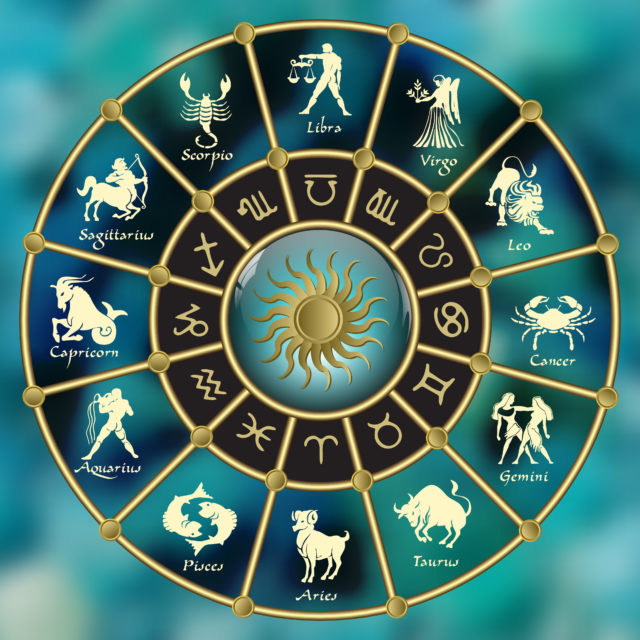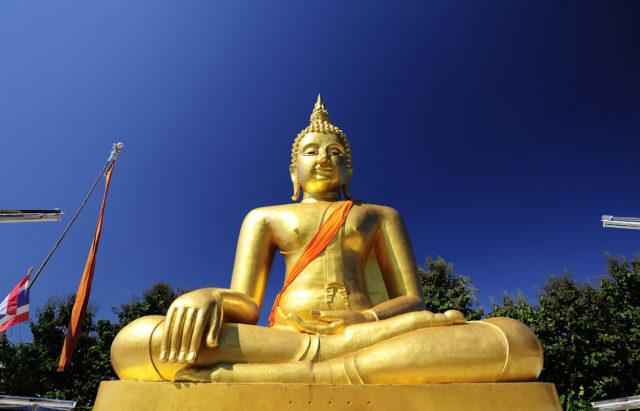There is a subtle difference between superstition and coincidence – both link two events which supposedly have nothing to do with one another. A reasonable person is not supposed to read too deeply into either, because a reasonable person is supposed to believe that events come chaotic and senseless, with order being imparted by human agency onto nature. This dynamic between order and chaos is endlessly gendered and reason controls significance. Constructing a history of astrology is constructing a history of significance, of the affects of culture indivisible from nature, and a history of exchange and observation not only between the sky and earth, but also between the familiar and foreign. When both the words natural and unnatural are intensely problematic, we can only hope to try to create a supernatural.
I construct my history of astrology in a world where representation is viewed by a white and male gaze. My history follows the development of astrology outside of the West before choosing to isolate and describe its absorption into Classical Greece as a separate phenomenon. I do this to ask, “Why are cis male white bodies, Western cultures, and Western images more significant and what can a history of astrology tell us about why this has come to be?”
Astrology – the practice of looking at the sky – began well before the human migration out of Africa. It was here that the sky was divided into four sections and, in turn, the harvest cycle into four seasons. The other great division made at the time was the split between the heaven and earth, between human and shadow, or between object and symbol. Abstraction was in this split and, with it, the personification of the stars – our first virtual arena.

The deepest archetypes were created here, including the vision of the hare in the moon, the black sun or solar eclipse, and the figure of the bull, who was called tshxum the rain-bull and whose horns were the stars Canopus and Capelia. When an archetype originates from pre-human migration, echoes can be found wherever the humans have gone. From East Asian to South America to North Europe, images and stories resemble one another and resonate separately. The story of the black sun, for example, is our oldest cure for depression.
The creation of abstraction in Africa had profound consequences globally. The personalities of the sky became deities that spread east to Babylon and India. In Egypt, eight deities were made from the original four sections of the sky, each gendered twice.
Until around 500 BC, astrology was sidereal, using only fixed stars, and political. With the polarization of heaven and earth came the need for harmony between the two. Divination, or conversation with the divine was a political tool used by kings to justify their power. Earth and society, to prevent chaos, had to follow the order of the heavens.
In Egypt, which was relatively isolated and enjoyed regular seasonal patterns, harmony was personified as Ma’at, a goddess with a scale. In Babylon, the only planet that mattered was Venus, or Ishtar, whose priestess had power over the king. Venus’ movement, recorded in the Venus tablet of Ammisaduqa, was also a record of political affairs, In India, architecture was planned according to the heavens in a practice called vaatsu, which later became feng shui. In China, the heavens were depicted as a government office, with gods and goddesses acting as bureaucratic workers.
When I talk about a sign with my clients now, it feels uncanny whenever a Sun or Moon or Rising sign characterizes a person so astutely. Looking at this history, however, we find that astrological meaning developed congruently and simultaneously with the cultural characteristics that we use to perceive ourselves. The characteristics of Venus ruled Libra, such as pleasant surroundings, composure, justice, and social lubrication were not just phenomena observed by astrologers but developed out of the same cultural context as human lives and the political arena that contained them. When the individual is thought of as existing inside of a complex, collective ecosystem instead of as self-sufficient and solitary, the reasons why astrology works suddenly begin to become clear.

In this period of harmony or control, astrology was the first propaganda. The prediction of celestial events gave government its power, and the programming was consistent – like Sirius’ yearly death and resurrection above Egypt’s pyramids – and shocking, such as supernovas with meanings open to state interpretation depending on the political climate at the time. This programming and its interpretation was seen as so powerful to the centralized Chinese government that it was prohibited from common use. The human perception of time was a political means of control in the form of a calendar. In Asia, the creation of the lunar mansions and the lunar calendar organized the human experience of change and centralized state power. Celebrations, such as Diwali on the new moon in Libra or the lunar new year on the new moon in Aquarius, created a more uniform and state sanctioned mode of celebration and community.
In 475 BC, something revolutionary happened in Persia. A 12-sign zodiac was designed from the 18 constellations on the moon’s path through the sky. This is the zodiac that, to this day, astrologers still use. This zodiac was exported to Egypt, India, China, and eventually, was used in Greece. Around 500 BC, also in Persia, astrology was adapted for individual use and the birth or natal chart emerged. Before, the seven tiny, fast-moving planets, called wanderers, didn’t have much use for empires meant to outlive any effects their transits would bring. Now, these planets provided the narratives with which individual complexes, neurosis, and moods could be characterized.
Buddha ordered the destruction of all astrological texts, a story goes, but a little bird swooped in and saved the last one—a manual for the use of astrology in self-reflection. By cautioning against predictive astrology, Buddha prioritized the subjective experience of the individual over a state-controlled objective time. Prior to this, people, objects, and concepts were all defined by their existence within a state-controlled framework of time. This shift reimagined the old heaven-earth correlation. What Buddha recognized was the human ability to change how the heavens effect the world by changing how we describe the imagination (or sky).
Daoism and Confucianism worked in tandem in the Tang Dynasty, a golden age. Cosmology was otherworldly for Daoists and completely embedded in mundane reality for Confucianists. Though these concepts seem contradictory, it was common to practice Confucianism during the working day and Daoism during off hours. For the average Chinese citizen, objectivity and subjectivity had to be defined through the eyes of the other.
To me, this is the point at which astrology began to rewrite its own history. Because astrology had begun before natural and culture became falsely polarized away from each other, it saw no difference between the performed and the true. What had been a tool of the political and patriarchal state was becoming a tool of self-creation. Astrology was a sacrilegious and disobedient means of observation. Could anything be more queer?

Also around 500 BC, however, classic Greek civilization managed to become independent from Persian rule and develop into what would become the western world. According to Roger Beck in his book, “A Brief History of Ancient Astrology,” for the Greeks “the older [was] better…the Greeks were aware that compared with the cultures of the ancient Near East, theirs was a young culture much indebted to ‘alien wisdom.'” This “alien wisdom” became popularized in the form of Egyptian and Persian prophets, such as Nechepso the King, Petosiris the Priest, and Zoroaster. Texts attributed to these figures, however, come mainly from Greek translations and did not stay consistent in number but accumulated through time. Though it is still believed these figures were once real people, they ultimately represented North Africa and Persia in Greek imagination.
Plotemy, also called the Prince of Astrology, was and still is considered the most important astrologer in history. His books, the “Tetrabiblos,” was influential even in Japan. In “The History of the Horoscope,” David Orson writes that Plotemy never actually cast a single horoscope for any person or time and did not ever study the effects of the transits that he wrote about in his contemporary day. Instead, “Plotemy scavenged from the libraries and dustbins of the ancient world.”
The foundation of western civilization, then, was laid with orientalism already embedded within and became legitimized with the narrative of a white, male name taking the good bits from a culture already developed and claiming authorship for the rest of time.
I still don’t know how to differentiate between appropriation and affect. However, I do suspect that, by condensing the texts of the ancients without context in his own work, Plotemy removed astrology from it’s history as a living, breathing, and queer culture. To credit his own male authority as a prophet, he made a more rigid astrology in which the effects of the transits were no longer connected to their original meanings but taken on his word alone. Gender, before, in astrology, was a way to play. After Plotemy, it became a subscription. House systems began to be written based on an affluent, male citizen of the world (eg, the seventh house becoming heteronormal marriage). The concept of the individual was stolen from its queer beginnings and reframed by the white and male to better suit his own image.
We lost an understanding of why astrology works the way it does at this moment, that it developed together with culture, image, and language to form what was once called magic and is now so divided into genres of thought that science, philosophy, art, and even religion can only re-describe what is modern. We still use the 12 signs we used 2500 years ago because, like the Greeks, we fetishize the old and cast it in stone, not allowing it to mutate. In doing this, we delineate, constrain and lock our subconscious and imaginations into the old and the new or the natural and the artificial, forgetting that originality neither thinks of itself as (hetero)normal nor contemporary nor ancient.
Alice Sparkly Kat will be providing new weekly horoscopes at GOMag.com every Monday, starting April 3, 2017.

What Do You Think?